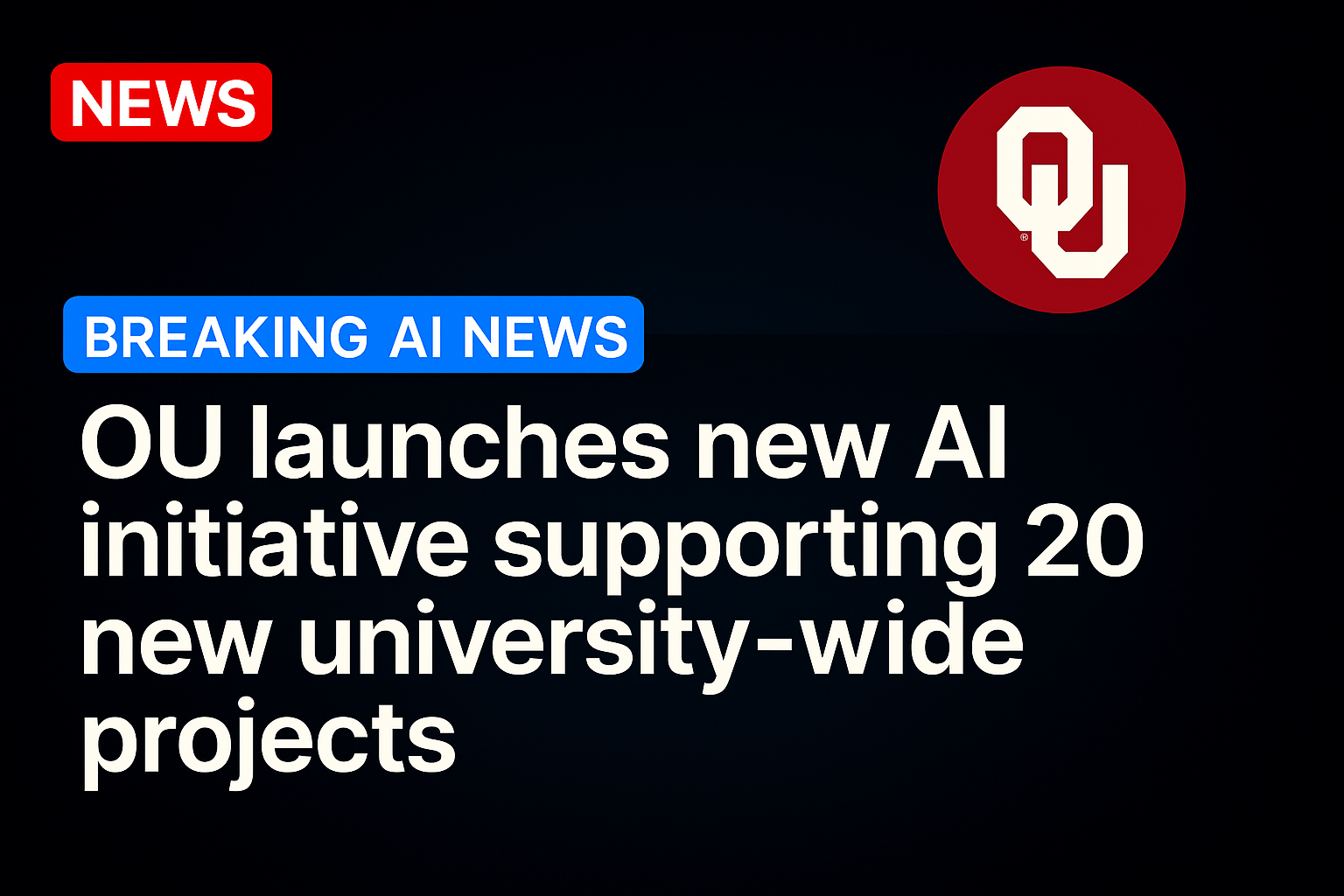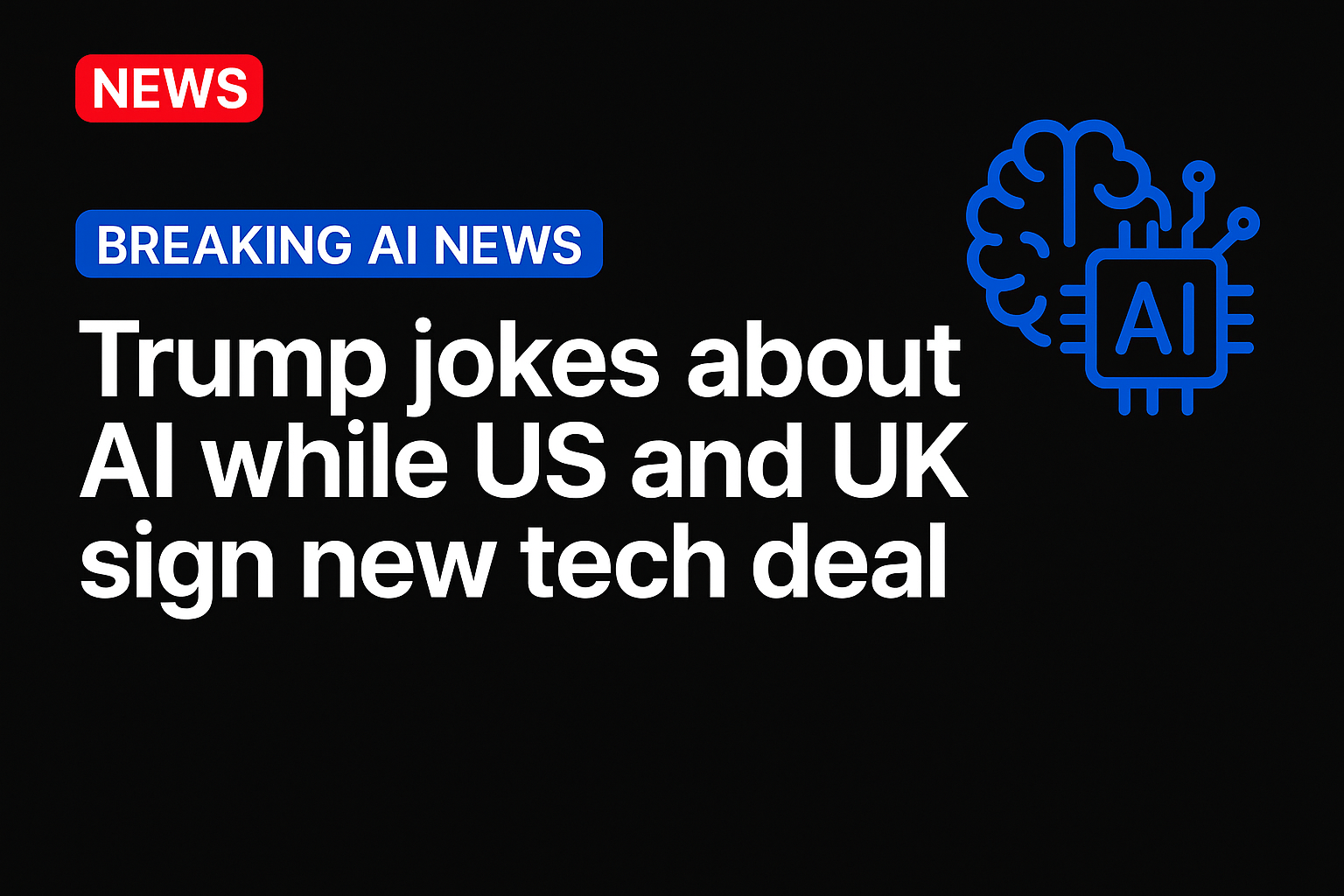The University of Oklahoma has launched a new artificial intelligence initiative, pledging nearly $200,000 towards programs designed to transform the university’s research and educational infrastructure.
Spearheaded by the Data Institute for Societal Challenges’ interim director, Dr. Mike Wimberly, and senior managing director, Yessenia Torres, the initiative brings together individuals and professors from multiple disciplines to develop a roadmap addressing both the challenges and opportunities associated with AI in academia.
“The focus is to really bring AI to the forefront of what we do here at OU to ensure that we are taking advantage of everything that is happening, and that we are doing our due diligence to ensure that we’re using AI in an ethical manner,” Torres said.
With projects in fields such as law, business, health and medicine, the initiative will bring discoveries and new processes to a variety of topical applications. Between aiding in instruction and research endeavors, both agreed that AI can be beneficial for both students and professors alike.
“[Instructors] have a limited amount of time that we can give to any individual student, so ideas like designing supercharged interactive tutorials powered by AI have the capacity to increase the amount of responsiveness and feedback that students can get,” said Wimberly. “On the research side, there are a lot of opportunities to use various types of AI models to take advantage of big data sets.
“Our challenges these days are we’re swimming in more data than we’ve ever had — data about health and the environment and energy and a variety of important topics,” he added. “So there’s a huge opportunity for using this newer generation of sophisticated AI models to really take our research efforts up to the next level.”
The interim director added that the initiative aims to make the university’s overall operations more efficient, enhancing the experience for future and current students and faculty members.
But with AI opportunities come challenges — ones that don’t have a clear-cut, immediate solution. Given the emergence of students using AI language models as shortcuts to academic work, universities across the nation are learning how to market these tools in a way that doesn’t compromise critical thinking in the education process.
“You can get in your car and drive from one end of campus to the other. But if you want to get in shape for the big game, you have to put the work and sweat in yourself,” Wimberly said. “That’s the same thing with AI in education… We try to teach critical thinking. And if AI does that for students, then they don’t learn as well.
“AI can make cheating easier, but I think the bigger picture is that we would like to look at ways to use AI in a more positive way to make classes more challenging and interesting and compelling,” he added. “And hopefully, in that case, perhaps there’ll be less incentive to cheat.”
Although there are still many questions surrounding the use of these tools in education, one of the initiative’s 20 programs aims to promote students’ critical AI literacy, reinforcing honest and efficient uses that still promote critical thinking.
“Jacob Pleasants and Julianna Kershen are working closely with the Center for Practicing Excellence and also instructional designers to help create learning activities so students can help evaluate the tools that they’re using,” Torres explained. “I think it will help address some of the concerns that students have when using AI and learning more about what it means to be using AI.”
The learning process is a two-way street, though, as education leaders and administrators continue to explore how to uniformly incorporate AI to establish and enforce clear boundaries and policies.
“AI is a great tool for a lot of things, but probably not the best tool to use in every situation, so that’s part of what we’re doing with these projects and the broader initiative,” Wimberly said. “We’re having these conversations and getting as many people as we can to engage to try to come up with a set of policies to help us navigate going forward.”
Hate it or love it, AI seems to be here for the foreseeable future. And as computer and other automation programs slowly enter the workforce, university officials view the initiative as a way to prepare students for the reality ahead.
“We need to figure out how we can empower students to be effective and successful in the future world that AI, one way or another, is going to be a part of,” Wimberly said. “And as a university, it always comes down to the students as our main focus. So not just policing them, but also preparing them to work in this environment.”





